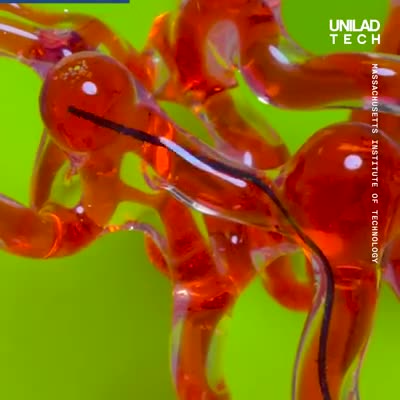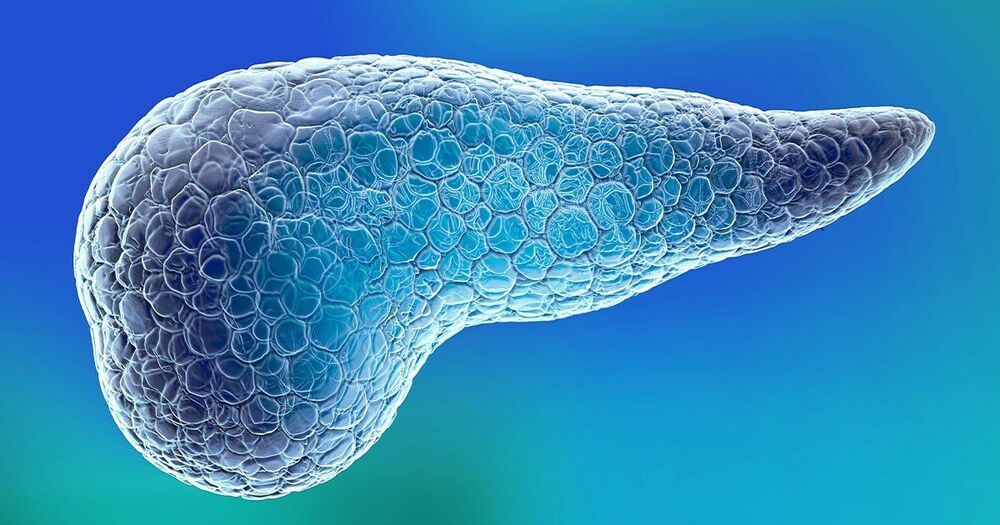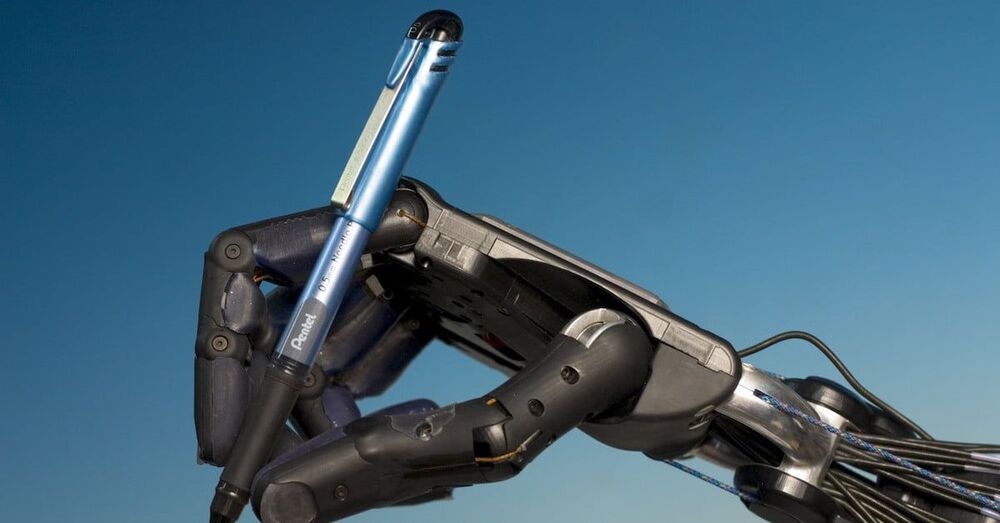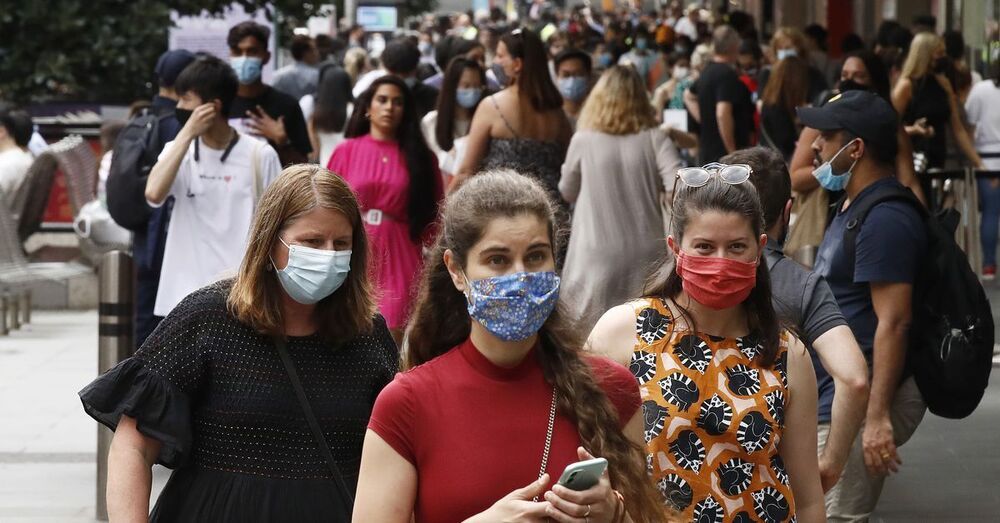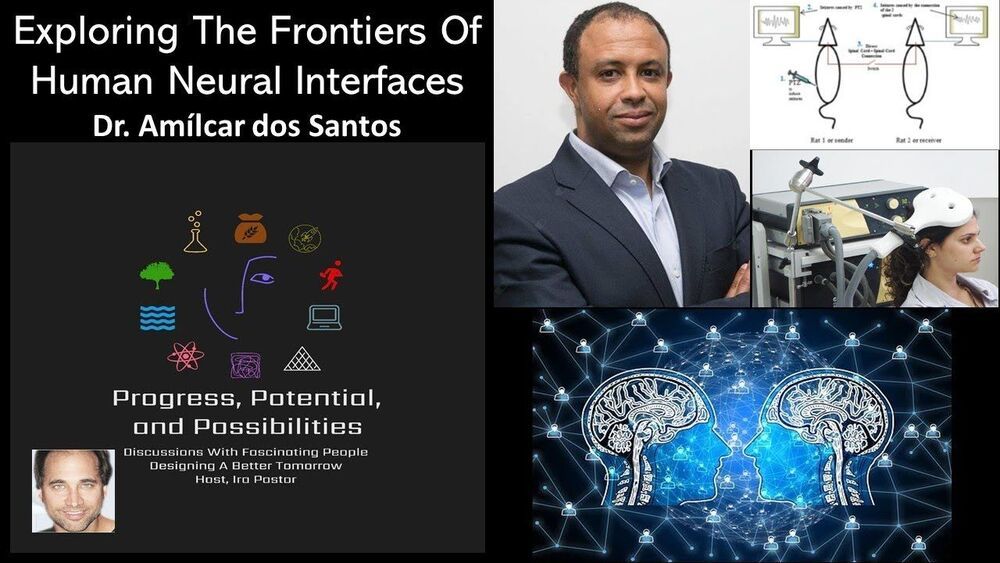Dec 5, 2020
INeuraLS — Advanced NeuroTech For Rapid Knowledge and Skill Acquisition — US AirForce Research Labs
Posted by Ira S. Pastor in categories: bioengineering, biotech/medical, computing, military, neuroscience
Ineurals — advanced neuro-technologies for rapid learning and skill acquisition.
The 711th Human Performance Wing, under the U.S. Air Force Research Laboratory leads the development, integration, and delivery of Airman-centric research, education, and consultation enabling the U.S. Air Force to achieve responsive and effective global vigilance, global reach, and global power now and in the future. It’s comprised of the United States Air Force School of Aerospace Medicine and the Airman Systems Directorate, whose science and technology competencies include Training, Adaptive Warfighter Interfaces, Bioeffects, Bioengineering, and Aerospace and Operational Medicine.

